According to Euromonitor International, 108 billion units of sweet and savory snack bar packaging were sold last year.
Around three-quarters (72%) was flexible packaging, while other formats included folding cartons, board tubs and bio-sourced materials from plants. We assess the benefits and drawbacks of these materials.
Metalized polypropylene – the industry standard
Andrew Streeter, director of packaging consultancy firm CPS International and Pack-Track analyst at Datamonitor, said metalized polypropylene film was the most commonly used savory snack packaging material due to high incidents of pouches in the sector.
He said that it has a “sustainable quotient” as it could be recycled to make other applications, or even energy recovery, but processing facilities for these materials are not as prevalent as for paper and board, PET and glass.
The pouch format is advantageous as the metalized polypropylene film delivers the protective barrier that helps preserve strong salty flavors and also provides a good canvass to print off-line.
Streeter said: “Fundamentally it is the economics of inline-form-fill-seal pouches that drives the packaging option. Machines are high speed, there is a wide portfolio of different surface finishes available to strengthen differentiation and brand values. And in that potent mix we have to remember that pouches represent low material content for the volume of product packed; there are many wins and reasons why pouches are so powerful in this market.”
Karine Dussimon, packaging analyst for Euromonitor, said that since large volume of the flexible packs sold globally were un-recyclable due to local provisions “alternative pack types such as folding cartons and PET jars can often compete”.
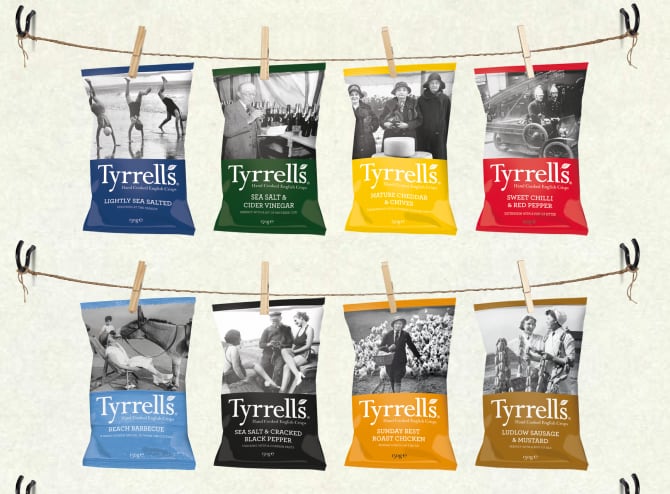
Board packaging
One alternative to flexible packaging is board.
“You are seeing rigid containers entering the market for snacking,” said Streeter. The Pringles brand has long used this type of packaging and competitors do follow suit.
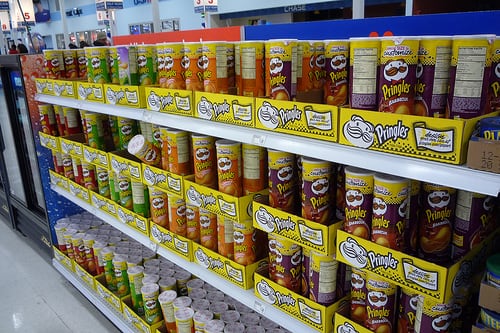
“In recycling terms the Pringles pack can be pulped down [including the foil] then the entire mass is able to be used in other applications including recycled board substrates,” said Streeter.
Manufacturers can also combine a board element with another pack material. Irish brand BoxerChips for example uses a mix of film flow-wrapping and a boardtray
“It’s highly convenient – the tray can collapse after use, which is good for disposal and it reduces the flexible packaging content around the box,” said Streeter.
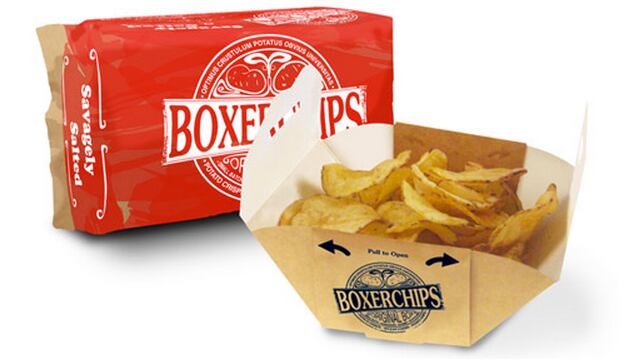
Polylactic acid: Plant based sources
In 2008, PepsiCo’s snacks arm Frito-Lay introduced 100% polylactic acid (PLA) packaging derived from starch for its Sun Chips brand that it claimed could decompose in 14 weeks in a hot, active compost pile.
However, the packs were met with criticism from consumers on social network Facebook who complained the packs were too noisy.
Frito-Lay, which had advertised the sustainable credentials of the packaging on a third of the pack, added an on-pack warning that the material was loud, but this failed to appease consumers and Frito-Lay withdraw the bags. The company is understood to be looking at ways to reduce the noise.
But this does not mean PLA packs should be written-off. German brand Snack Time uses PLA, but it is thermoformed into a pot, an alternative format with different functionality where noise is not an issue.
“Pots are very important to the savory snacks category they widen the eating occasion like fitting into the coffee cup holder in cars, can free stand and can be held easily when on the go,” said Streeter.
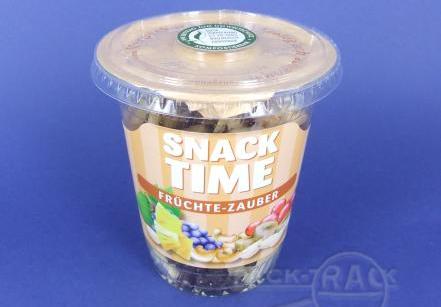
The pots are supplied by US firm Fabri-Kal and the PLA resin derivative used is a biopolymer branded Ingeo, which is produced by NatureWorks.
Streeter warned that bio-sourced plastics were more expensive than oil based polymers, but added this particular pack appealed to environmentally aware consumers who could afford to make the switch.
Dussimon from Euromonitor added that plant-based films were gaining traction in other industries such as in carbonates – for example in the PlantBottle used for Coke or in Heinz’ Ketchup.
Cellulose film
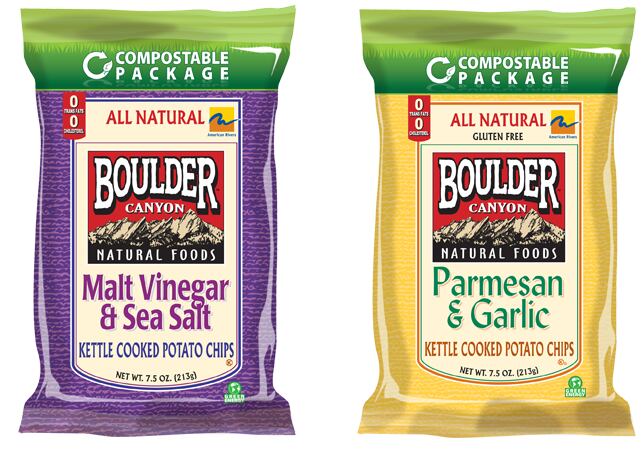
Cellulose based films are another environmentally driven option. US firm Boulder Canyon uses compostable bags from wood pulp that have ASTM D6400 “Specification for Compostable Plastics”. The pouches decompose in three months in industrial composting facilities.
They are made from Innovia Films cellulose film Natureflex and are converted by US firm Genpak.
Streeter said that contrary to the Sun Chips PLA bags, the Boulder Canyon packs were not so noisy.
The company adds on its website: ”Unlike corn and starch-based compostable bags, the wood pulp mitigates any potential negative impact on existing food supplies.”
High-density polyethylene
The savory snacks market does push boundaries with new approaches to existing concepts. In South Korea for example snack brand Haitai is in a blown high density polyethylene (HDPE) tube as an alternative to the spiral wound foil lined tube.
Streeter said that in this market the pack gave atmospheric protection and was probably a more cost effective option then the board route and provided UV protection.
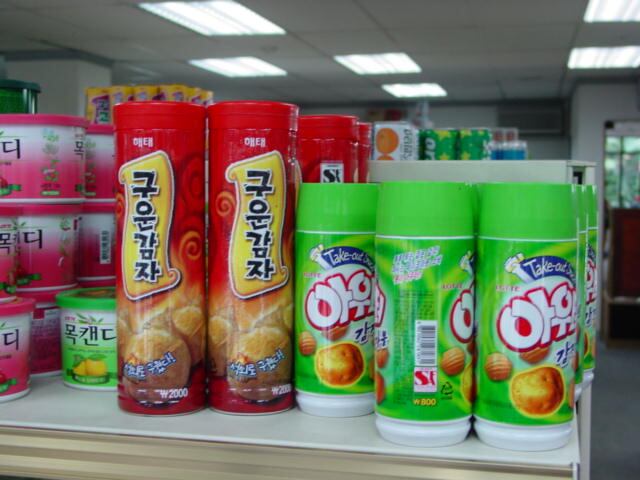
“But let’s not forget that all three pack components of Haitai, the tube, the lid and the shrink sleeve are all polyolefins and can be readily recycled,” he continued.
More from this 'going green' special edition:
Far from rubbish? Food waste R&D simmers with snack packaging hope
Do consumers care about sustainable snack packaging?
Sexy, cheap and eco-friendly: What retailers snack on
Shhhh! Sustainable snack packaging is a covert operation. But why?
